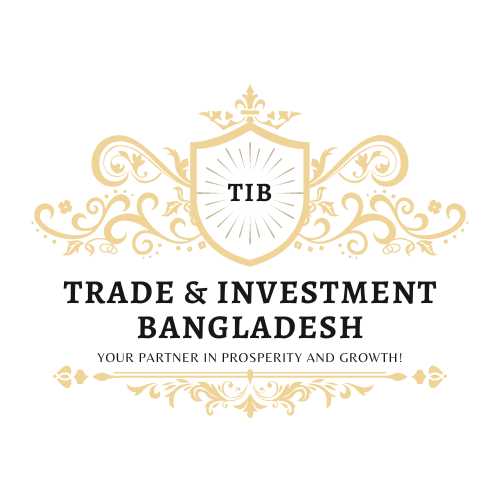Personal Branding with Digital Tools-2
Personal Branding with Digital Tools-2 Md. Joynal Abdin, BBA (Hons.), MBA Founder & CEO, Trade & Investment Bangladesh 6.0 Content Creation Techniques: 6.1 Visual Content: Visual content is a powerful tool for personal branding. Create eye-catching graphics using tools…
Read More


![The Power of Business Mentorship [P-2]](https://bangladeshtradecenter.com/wp-content/uploads/2023/11/Business-Consultant.jpg)
![The Art of Social Media Marketing [P-2]](https://bangladeshtradecenter.com/wp-content/uploads/2023/05/Social-Media-Marketing-2.jpg)
![Export Market Research and Entry Strategies [P-2]](https://bangladeshtradecenter.com/wp-content/uploads/2023/04/Export-Market-Selection.jpg)



![Business Consultants in Strategic Planning for Small Businesses [Part-2]](https://bangladeshtradecenter.com/wp-content/uploads/2023/07/Business-Consultant-Digital-Marketer.jpg)


 by
by